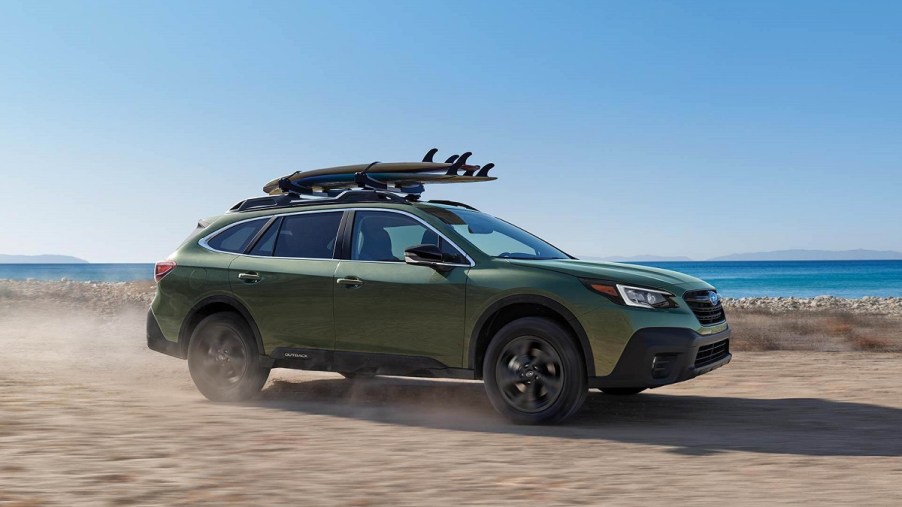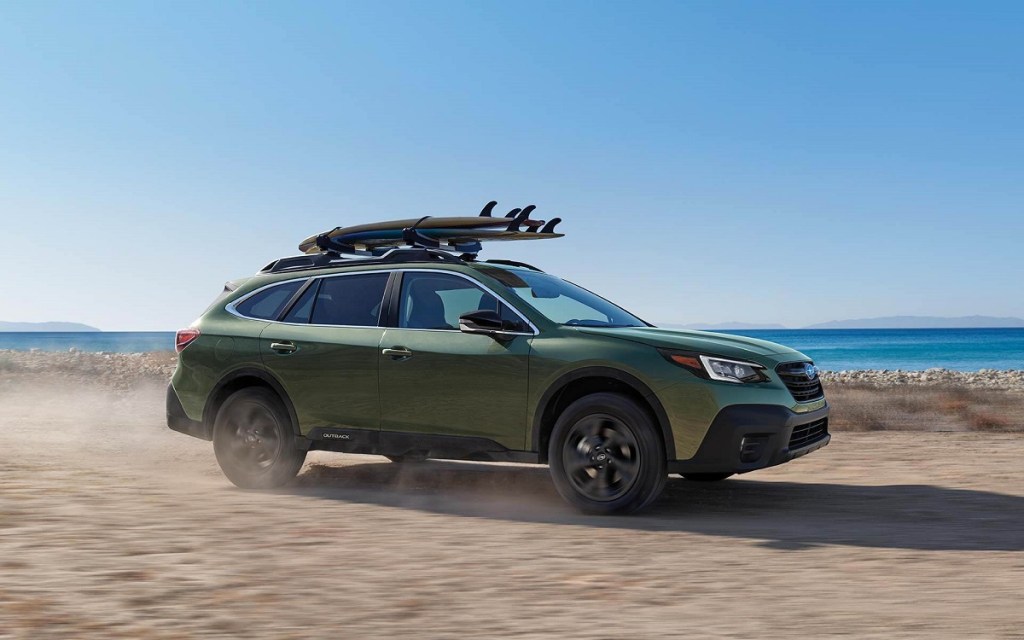
Summer Driving Tips From the NHTSA
Summer is a favorite time for people and families to take road trips and day trips. Thousands of people head on vacation and to the beach. How many consider car safety when planning their trips? Traveling in hot weather – especially with kids – comes with its own set of considerations. Here are some summer driving tips from the National Highway Traffic Safety Association.

The NHTSA’s summer driving tips begin with kids
Keeping kids safe during summer travel is of the utmost importance. The NHTSA warns drivers about the dangers of heatstroke in children. One of the biggest takeaways from the NHTSA’s warnings is how quickly the inside of a hot can become deadly hot. Many parents believe if they can take the heat in the car, it must be fine. Another mistake is to think that because it’s only in the 60s or 70s, it isn’t too hot for a child. This couldn’t be further from the truth.
The NHTSA writes, “Even if the outside temperature is in the 70s and the windows are cracked, the temperature in a vehicle can rapidly reach deadly levels. A child’s body temperature rises 3 to 5 times faster than that of an adult.” Leaving your child in the car – or leaving a car accessible to kids who may try to play or hide in it – can have serious, and even deadly consequences.
Another child-related warning that the NHTSA shares is backing out. They note that every vehicle has a blind spot and that kids often don’t realize that they’re in danger from cars. Some think cars can see them and won’t hit them. Others are completely unaware. Before you back out of a driveway or parking space, walk around the back of your car. It takes two seconds and can save a child’s life. Also remember that backup cameras and sensors aren’t invincible, and you should use them as an aide, and not your primary means of determining whether there is a person or other obstacle in the path of your vehicle.
Stay prepared during the summer months

People often remember to keep their car packed with emergency equipment in the winter. It’s easier to forget those things in the summer, especially when you’re trying to make room in your car for luggage. Don’t forget to keep some basic essentials in your car, even in the summer months.
Equipment that you should always have in your car include an extra charger, a flashlight, first aid kit, and jumper cables. The NHTSA also recommends that you keep water, basic repair tools, and food and medicine. That may seem like a lot, but it isn’t even all that the NHTSA recommended keeping in your car at all times.
Get your car checked out before a trip
When was the last time you got your oil changed? Make sure you’re not due before you go on a trip. You should also check your oil to make sure you have enough, and possibly get your car serviced, especially if it’s been a while.
You may also want to check to see if there are any recalls on your vehicle. Just in case you’ve missed a notice, or haven’t received one yet, it’s best to make sure that you don’t have an unfixed safety hazard on your trip with you. Not only may you be spending more time in your car, you don’t want to be miles from home (and your favorite service station) when you have a problem.
You should also check your tires (or have them checked), and make sure they don’t need to be replaced or repaired.
The NHTSA also recommends that you follow some basic safety rules. Wear seatbelts, always. If your kids are in car seats, make sure that they’re in the right car seats, and that the car seats are installed correctly. You should also make sure you haven’t moved them out of car seats, or safe car seats, too soon.
Of course, it’s also always important to be a good driver. Pay attention and don’t engage in risky behaviors, like drinking or texting. Being alert and following safety precautions can reduce the chances that you’ll have a serious accident or problem on your next summer trip.


